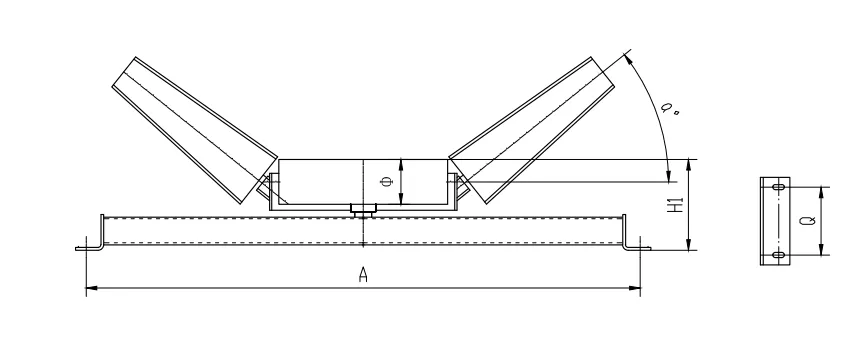 Afrikaans
Afrikaans  Albanian
Albanian  Amharic
Amharic  Arabic
Arabic  Armenian
Armenian  Azerbaijani
Azerbaijani  Basque
Basque  Belarusian
Belarusian  Bengali
Bengali  Bosnian
Bosnian  Bulgarian
Bulgarian  Catalan
Catalan  Cebuano
Cebuano  Corsican
Corsican  Croatian
Croatian  Czech
Czech  Danish
Danish  Dutch
Dutch  English
English  Esperanto
Esperanto  Estonian
Estonian  Finnish
Finnish  French
French  Frisian
Frisian  Galician
Galician  Georgian
Georgian  German
German  Greek
Greek  Gujarati
Gujarati  Haitian Creole
Haitian Creole  hausa
hausa  hawaiian
hawaiian  Hebrew
Hebrew  Hindi
Hindi  Miao
Miao  Hungarian
Hungarian  Icelandic
Icelandic  igbo
igbo  Indonesian
Indonesian  irish
irish  Italian
Italian  Japanese
Japanese  Javanese
Javanese  Kannada
Kannada  kazakh
kazakh  Khmer
Khmer  Rwandese
Rwandese  Korean
Korean  Kurdish
Kurdish  Kyrgyz
Kyrgyz  Lao
Lao  Latin
Latin  Latvian
Latvian  Lithuanian
Lithuanian  Luxembourgish
Luxembourgish  Macedonian
Macedonian  Malgashi
Malgashi  Malay
Malay  Malayalam
Malayalam  Maltese
Maltese  Maori
Maori  Marathi
Marathi  Mongolian
Mongolian  Myanmar
Myanmar  Nepali
Nepali  Norwegian
Norwegian  Norwegian
Norwegian  Occitan
Occitan  Pashto
Pashto  Persian
Persian  Polish
Polish  Portuguese
Portuguese  Punjabi
Punjabi  Romanian
Romanian  Russian
Russian  Samoan
Samoan  Scottish Gaelic
Scottish Gaelic  Serbian
Serbian  Sesotho
Sesotho  Shona
Shona  Sindhi
Sindhi  Sinhala
Sinhala  Slovak
Slovak  Slovenian
Slovenian  Somali
Somali  Spanish
Spanish  Sundanese
Sundanese  Swahili
Swahili  Swedish
Swedish  Tagalog
Tagalog  Tajik
Tajik  Tamil
Tamil  Tatar
Tatar  Telugu
Telugu  Thai
Thai  Turkish
Turkish  Turkmen
Turkmen  Ukrainian
Ukrainian  Urdu
Urdu  Uighur
Uighur  Uzbek
Uzbek  Vietnamese
Vietnamese  Welsh
Welsh  Bantu
Bantu  Yiddish
Yiddish  Yoruba
Yoruba  Zulu
Zulu belt training idlers
Understanding Belt Training Idlers A Key Component in Conveyor Systems
Belt training idlers play a crucial role in the efficiency and reliability of conveyor systems found in various industries, including mining, agriculture, and manufacturing. These components are essential for ensuring that conveyor belts remain aligned and operate smoothly, preventing costly downtimes and equipment wear. This article will delve into the significance of belt training idlers and their impact on conveyor operations.
The Function of Belt Training Idlers
Belt training idlers are specialized rollers used to guide and control the position of conveyor belts. Their primary function is to ensure that the belt runs straight and does not veer off its intended path. Misalignment of the belt can lead to numerous issues, including material spillage, belt wear, and even damage to the conveyor system itself. By keeping the belt aligned, training idlers help maintain optimal performance and extend the lifespan of the belt and other conveyor components.
When a conveyor belt begins to drift, training idlers can be adjusted to correct the alignment. They are typically installed at key locations along the conveyor system, often at the loading and return sections. The ability to adjust these idlers allows operators to fine-tune the conveyor's performance based on the specific material being transported and the overall system configuration.
Types of Belt Training Idlers
There are several types of belt training idlers, each designed to address different alignment issues. Some of the most common types include
1. Self-Aligning Idlers These idlers automatically adjust to the belt's position, compensating for minor misalignments. They are often used in systems where the belt is prone to shifting due to load variations or environmental factors.
belt training idlers

2. Weighted Idlers These idlers utilize weights to exert downward pressure on the belt, helping to keep it in place. They are particularly effective in high-load applications where the force from the materials being transported could otherwise cause the belt to move off track.
3. Adjustable Idlers As the name suggests, these idlers can be manually adjusted to accommodate different belt widths and configurations. They provide flexibility for operators who may need to modify their conveyor systems for various tasks or materials.
Importance in Operational Efficiency
The integration of belt training idlers into conveyor systems can significantly enhance operational efficiency. By ensuring proper belt alignment, idlers help reduce material spillage—an issue that can lead to increased cleanup costs and safety hazards. Additionally, a well-aligned conveyor belt experiences less friction, which minimizes wear and tear, leading to lower maintenance costs and extended equipment life.
Furthermore, proper alignment helps to optimize the energy consumption of conveyor systems. When a belt runs straight, it requires less power to operate, reducing overall energy costs for operations. This is particularly important in large-scale industrial settings where electricity consumption can have a substantial impact on the bottom line.
Conclusion
In conclusion, belt training idlers are fundamental components of conveyor systems that contribute to their reliability, efficiency, and overall performance. By managing belt alignment and preventing issues such as material spillage and excessive wear, these idlers play a pivotal role in ensuring smooth operations across various industries. As companies continue to seek higher productivity and lower operational costs, investing in quality belt training idlers will remain a critical aspect of conveyor system design and maintenance. With advancements in technology, the future of belt training idlers promises even greater efficiency and adaptability, keeping pace with the evolving demands of modern industries.
-
Revolutionizing Conveyor Reliability with Advanced Rubber Lagging PulleysNewsJul.22,2025
-
Powering Precision and Durability with Expert Manufacturers of Conveyor ComponentsNewsJul.22,2025
-
Optimizing Conveyor Systems with Advanced Conveyor AccessoriesNewsJul.22,2025
-
Maximize Conveyor Efficiency with Quality Conveyor Idler PulleysNewsJul.22,2025
-
Future-Proof Your Conveyor System with High-Performance Polyurethane RollerNewsJul.22,2025
-
Driving Efficiency Forward with Quality Idlers and RollersNewsJul.22,2025





























